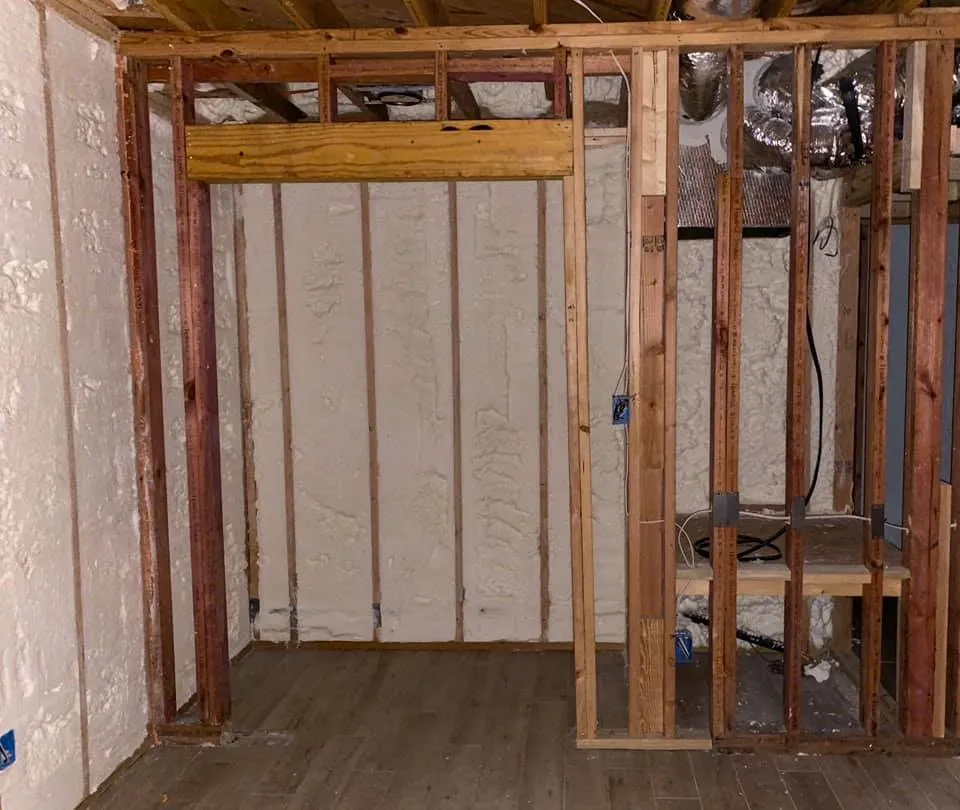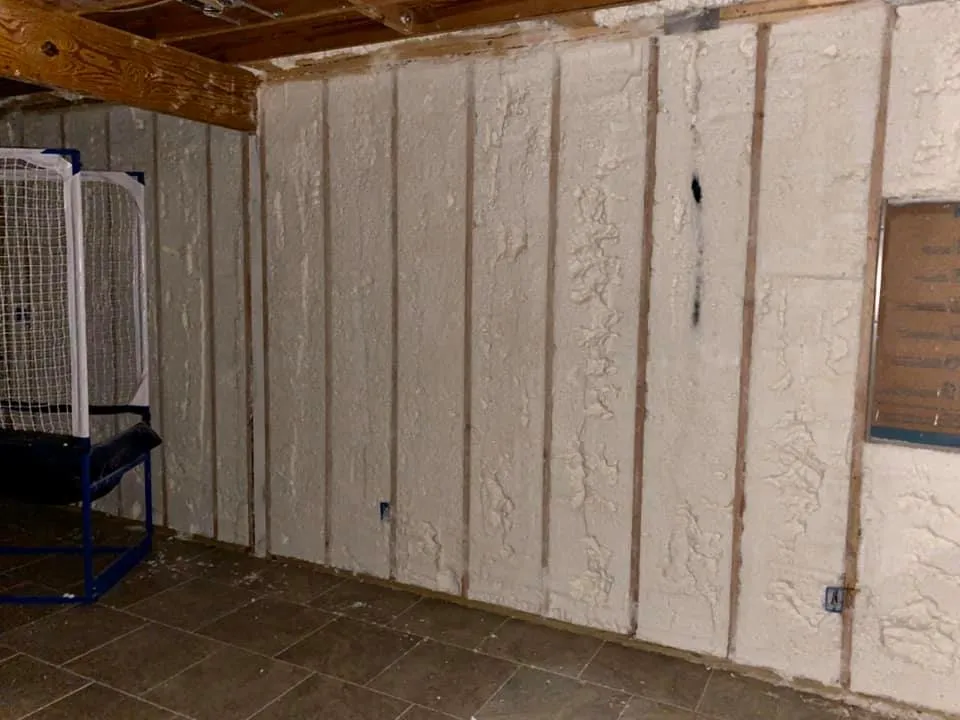All around Austin, there is a thick blanket of dust covering roads, cars, houses, and people – when they dare venturing out in it. It is pollen. Definitely, cedar pollen and is a sure sign that spring is here. Whenever you see cedar pollen around here, that means there are other types of pollen around as well.

And pollen is not the only type of allergen that comes out in the spring. There is more humidity as the weather gets warmer, which causes mold to grow. High indoor humidity provides dusty mites with a comfortable habitat as well, which can also aggravate allergies.
So with all of these things going on at the same time what can you do to allergy-proof the air inside your home?
There may not be any way to make the indoor air perfect. However, there are ways to make it better. A lot better.
If you are worried about humidity, pollen and other types of warm-weather allergies getting into the air inside your home, the following is a step-by-step process to minimize the impact they can have on your health.
Invest in a better air filter.
The current air filter that you have most likely has one or several of the following problems:
Prevents airflow inside of your ducts and HVAC equipment; for anyone purchasing a high-MERVE 1 filter from a big box store, this can be a major problem.
Has not been designed for capturing airborne allergens circulating throughout your house.
Fits awkwardly inside the filter housing, which allows air to bypass the air filter.
You obviously want to avoid these types of problems if possible. As long as you get the right kind of air filter, having a better one will definitely help. You should at least replace the air filter you currently have with a media filter.
There is more surface area on media filters compared to standard 1-inch filters. That allows them to filter the air effectively without airflow being reduced. You can receive the same high MERV values you receive from 1-inch pleated filters, without having airflow issues that cause you to be uncomfortable. Those filters can capture almost all airborne allergens that can cause you to sneeze and make your eyes itch without impacting the performance of your HVAC system.
Another bonus is they only need to be replaced one or two times a year.
For filtration that is even more serious, consider getting a carbon-coated media filter (these are basically media filters that offer improved odor control) or you can also get a HEPA system. Medical-grade air filtration is provided by HEPA filters. They are the absolute best type of filters and capture even the smallest contaminants that might enter your lungs otherwise.
Seal the air ducts.
Think about the way an HVAC system works in order to understand how indoor air quality is impacted by leaky ducts. There is a large fan inside of the indoor unit. Air is brought into the system by the fan via the return ducts. Conditioned air is then blown by the fan (heated or cooled, depending on which season it is) out of the supply ducts.
However, when those ducts leak – and return ducts are the main offender in terms of indoor air quality – then the fan on the unit is not only pulling air through the ducts from your living area. It is also pulling air in from the leaks as well.
Leaky ducts are in spaces that are definitely not very clean. Typically, crawlspaces or attics.
Leaky air ducts basically allow dusty, humid, and potentially mold-laden air to get inside your home. This air is definitely not good for allergies. When the leaks are sealed it will prevent those allergens from getting into your house. The HVAC system will bring air directly only from your house.
You might need to have the ducts cleaned if they are really dirty.
If the ducts have been leaking for many years, then the inside of the ducts might be really dirty. They might have to be cleaned in some cases.
Circulate fresh air.
When your home has fresh air it helps to control odors and reduces the negative impact on your health that comes from VOCs, off-gassing consumer products, and other types of contaminants. Those odors can aggravate many people’s allergies throughout the entire year.
Most people’s first through about letting fresh air is is to open a window. However, that isn’t what you should do.
During the spring and summer, this “fresh” air is full of humidity and pollen. It will make it harder for you to breathe the indoor air, not easier. However, fresh air definitely needs to be circulated throughout your house. How do you do that?
In this climate zone, the following are the two best options:
A ventilating whole-house dehumidifier will bring fresh air in, filter it, and also remove the humidity simultaneously. Those devices interact with the ductwork and help the air conditioner take the humidity out of the air. When a fresh air intake is attached, they also push fresh air from outside into your house.
An energy recovery ventilator can also be used. They remove the air out of your house and fresh air is introduced from outside as well. They filter the air also. An energy recovery ventilator is not a dehumidifier. However, it transfers humidity from the air coming into the outgoing air that it cycles.
Air seal your house.
We explained previously how duct leaks let contaminants inside your house. Cracks and gaps in the ductwork allow dirt and dust to get inside your HVAC system.
The same thing occurs with the cracks and gaps throughout your house. Pollen, dust, humidity and other types of environmental allergens get into the air via those gateways, which exacerbates allergy problems. When there are lots of air leaks in the ceiling or floors – which most houses have – you might be breathing in fiberglass from the attic or crawlspace. That is definitely not a good thing.
Will the air filter capture lots of the bad stuff? Yes. However, it is best to prevent it from getting into your house to begin with.
Do you need to consider taking more extensive steps?
If you implement all of the steps above, it should take your indoor air quality from bad up to so-so to reduce allergy symptoms. However, if you are willing, there are also other things that you can do.
Change your habits
We sometimes make air quality problems ourselves. We don’t do it on purpose, but it still happens.
Do you take your shoes off when coming in from outdoors? If you don’t, then you will track in pollen and other environmental allergens all over your house. The same thing is true if you sit on a bench covered in pollen and then sit down on the couch inside your house.
How clean you are pets – and where inside your house do they sleep and sit?
It can be difficult to change all of your various habits that can impact indoor air quality. However, there are still a number of steps that you can take to help mitigate the damage. For example, if you invest in a vacuum cleaner that has a HEPA filter that can help to ensure that when you vacuum you will also be eliminating most of the environmental allergens on your floors.
Eliminate carpet and curtains
Drapes are havens for dust and they are not cleaned very frequently. If you must have curtains, at least have the type that can be washed inside your washing machine. It is more likely you will clean them. An even better move is to add shutters that are easy to dust to replace all of your curtains.
For allergy suffers, carpets are also a poor flooring choice. Go with a hardware floor instead when it is time for your carpet to be replaced.
Upgrade Your Home’s HVAC Systems
You shouldn’t replace your HVAC system only to improve indoor air quality. However, new HVAC systems come with features that can make the air cleaner. So when it is time to replace your system, consider upgrading to a unit that has those features.
Two-speed and variable speed HVAC systems do a much better job keeping the indoor ar clean compared to regular systems. That is due to the fact that they normally run at a low speed. That helps to remove humidity. When there is lower indoor humidity the environment is less hospitable for microbial growth and dust mites.
So indoor air quality can be improved by having an HVAC system that is more efficient.
Take things one step at a time.
Ultimately, taking action on any of the recommendations above should help to improve your allergies not only in the spring but all throughout the year. Or course, it is best to follow through on all of the steps if possible.
However, even something basic as sealing your ducts or investing in a better air filter can really help to make the inside of your home more comfortable.
Do you need help with deciding how far to go or what to do about allergy-proofing your home in Austin? Give us a call! Our team will carefully listen to your concerns and then help you make the best decision.





